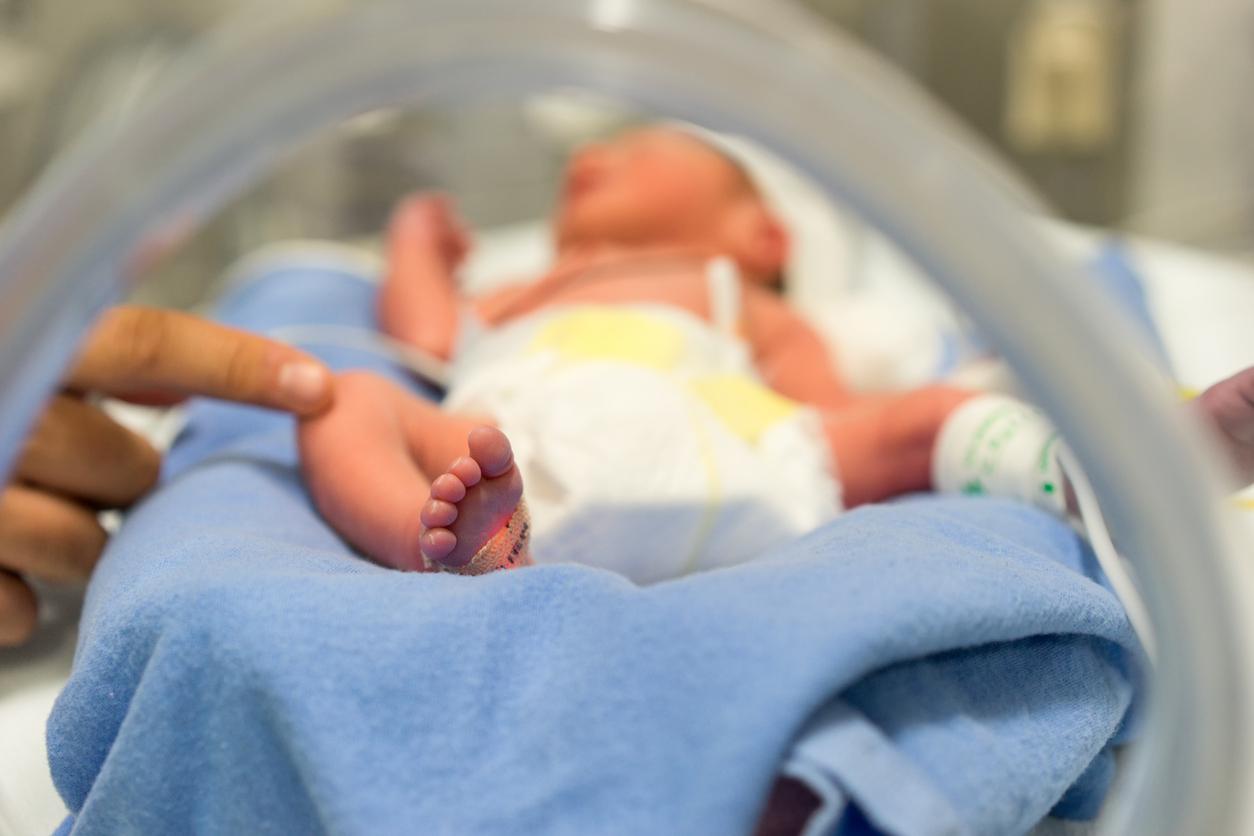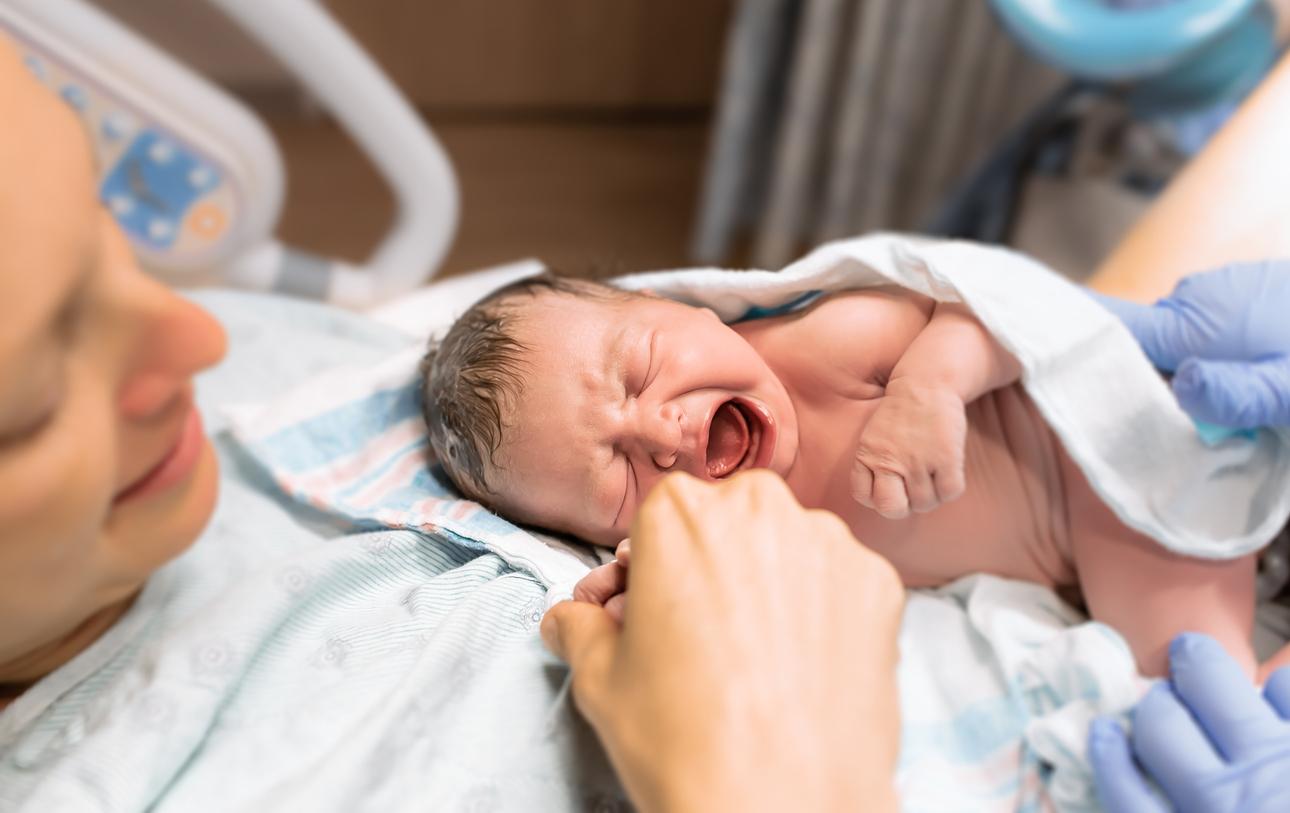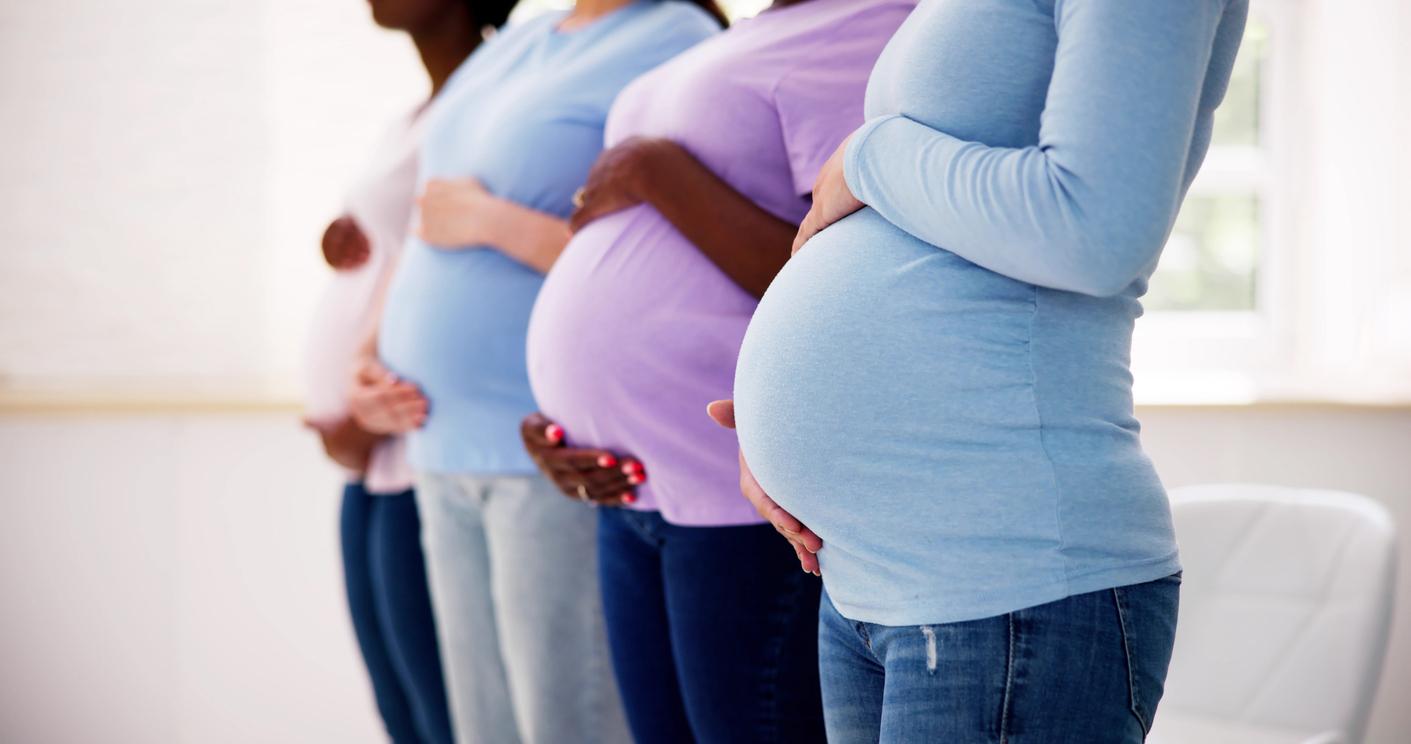According to the researchers, the risks of miscarriage could be linked to the concentration of fine particles in the atmosphere. However, the causal link has not been established.
-1571227780.jpg)
Chinese researchers published a study on Monday, October 14 in the journal naturesustainability which confirms that exposure to polluted air during pregnancy is strongly linked to the risk of miscarriage in the first trimester.
According to the new study, exposure to high concentrations of fine particles (including diameter is less than 2.5 micrometers), sulfur dioxide originating in particular from the combustion of fossil fuels, ozone and carbon monoxide emitted, among other things, by road traffic, heating and industries, is associated with a risk increased miscarriage during the first trimester of pregnancy. “The increase in risk is not linear but worsens with the level of concentration of pollutants”, underlines the report.
These miscarriages go unnoticed at first, women not feeling any symptoms at the time of the death of the fetus. This is usually only noticed several weeks later, often during an ultrasound.
How did the scientists proceed?
Researchers from four universities, supported by the Chinese Academy of Sciences, collected the medical records of 255,000 women who became pregnant in Beijing between 2009 and 2017. Their level of education, profession, places of residence and work but also maternal age were carefully recorded. At the same time, to establish the level of pollution to which they were subjected, the scientists used data from air analysis stations located near the homes and workplaces of the people monitored.
Too high a PM2.5 level
Of the study participants, 17,497 women, or 6.8%, suffered a miscarriage during the first trimester of pregnancy. This phenomenon is far from isolated since it affects up to 15% of pregnancies, particularly in developed countries.
Air pollution has dropped significantly in recent years in Beijing, but the levels remain very heterogeneous from one day to the next and according to the districts of the Chinese capital. However, the average concentration of particles 2.5 microns in diameter (PM2.5), very dangerous for the lungs due to its small size, is also able to cross the placental barrier and cause irreversible damage at critical times. of fetal development. In Beijing, this concentration is four times higher than the standards of the World Health Organization (WHO).
“China is an aging society and our study provides an additional reason for the country to take action to reduce ambient air pollution and increase the birth rate,” note the study authors.
Finally, if the study shows a correlation between pollution and miscarriages, it does not, however, establish a causal link. Scientists do not have proof that air pollution is actually the cause of these miscarriages, as these events are multifactorial. However, the Chinese government took measures to reduce air pollution in 2014 and the frequency of miscarriages decreased. A finding which, according to the researchers, reinforces the probability of a link between air pollution and the risk of miscarriage.
In a document dated 2006the National College of French Gynecologists and Obstetricians (Cagot) pointed out that “the various pollutants to which patients and their spouses are subjected probably have deleterious effects on the good evolution of pregnancy.”
.















